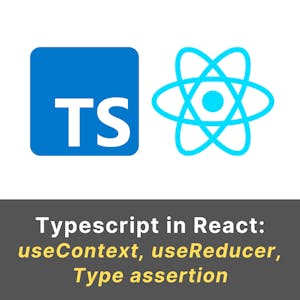Data Visualization in Excel
About this Course
In an age now driven by \"big data\", we need to cut through the noise and present key information in a way that can be quickly consumed and acted upon making data visualization an increasingly important skill. Visualizations need to not only present data in an easy to understand and attractive way, but they must also provide context for the data, tell a story, achieving that fine balance between form and function. Excel has many rivals in this space, but it is still an excellent choice, particularly if it\'s where your data resides. It offers a wealth of tools for creating visualizations other than charts and the chart options available are constantly increasing and improving, so the newer versions now include waterfall charts, sunburst diagrams and even map charts. But what sets Excel apart is its flexibility, it gives us total creative control over our designs so if needed we could produce our own animated custom chart to tell the right story for our data. Over five weeks we will explore Excel\'s rich selection of visualization tools using practical case studies as seen through the eyes of Rohan, an environmental analyst. Rohan is required to produce visualizations that will show trends, forecasts, breakdowns and comparisons for a large variety of environmental data sets. As well as utilising the usual chart types he wants to use conditional formats, sparklines, specialised charts and even create his own animated charts and infographics. In some cases, he will also need to prepare the data using pivot tables to drill down and answer very specific questions. We are going to help him achieve all this and present our finished visualizations in attractive reports and dashboards that use tools like slicers and macros for automation and interactivity. These are the topics we will cover: Week 1: Dynamic visualizations with conditional formatting, custom number formatting, sparklines and macros Week 2: Charting techniques for telling the right story Week 3: Creating specialised and custom charts Week 4: Summarising and filtering data with pivot tables and pivot charts Week 5: Creating interactive dashboards in Excel This is the second course in our Specialization on Data Analytics and Visualization. The first course: Excel Fundamentals for Data Analysis, covers data preparation and cleaning but also teaches some of the prerequisites for this course like tables and named ranges as well as text, lookup and logical functions. To get the most out of this course we would recommend you do the first course or have experience with these topics. In this course we focus on Data Visualization in Excel, join us for this exciting journey.Created by: Macquarie University

Related Online Courses
In this foundational Pharmacy Technician Career Training Specialization, students will take four courses to master the fundamentals of a career in pharmacy. The first two courses teach how to... more
This course is an intermediate-level course designed for learners who want to continue their data visualization journey with Qlik Sense, a powerful sophisticated Business Intelligence tool. Data... more
By the end of this course you will be able to incorporate state management with useContext and useReducer in a Typescript React application. We will start by revisiting React concepts of useReducer... more
Project Execution has many challenges and a good project must learn how to execute projects and adjust to changes that may derail your project plans in the traditional and agile project management... more
This Specialization is intended for students and engineers seeking to advance skills in the analysis, modeling, and design of high-performance control loops around switched-mode dc-dc, ac-dc and... more








